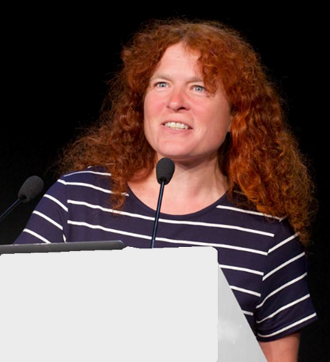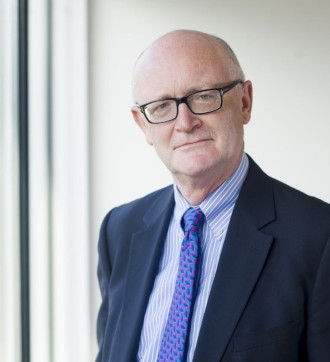Thora Tenbrink: The Language of Place
Bangor University

Spatial cognition research has benefited greatly from insights and methodologies in linguistics, adapted for the purpose of understanding how we think about space. Spatial notions tend to be abstract, formalizable, and context-free (as much as possible). How humans conceptualise space may be rooted in their experience, but the experience itself is rarely addressed. Accordingly, research on perception and understanding of spatial environments has mostly focused primarily on the spatial aspects. However, such research rarely captures what really matters for us in our environment, except for some basic insights such as the importance of landmarks for spatial processing. Place, in contrast, directly connects to human experience, perception, and appreciation. Appreciating an environment includes knowing what places mean to us and how we relate to them. Conceptualisations of place must therefore be explored on the basis of how humans live in the world: which kinds of places play what kinds of roles; what are the boundaries of places in terms of their pragmatic reality and human experience – and so on. Such perspectives may seem elusive and infinite, but the underlying principles are not: they can be tackled along similar lines as explored extensively in previous spatial cognition research. In my talk, I will explore relevant transferable research insights and methodologies towards an envisioned agenda addressing notions of PLACE through the lens of language.
Nigel Thrift : Big: The Originality Machine and Place
University of Oxford, University of Tsinghua

The advent of new spatially referenced technologies and methodologies is changing how we practice place. I will concentrate on three of these changes: the ability to draw on larger and larger archives of information, the ability to tag more and more things, and the ability to capture and predict movement. I will argue that places are being twisted into new configurations which the distinction between the real and the virtual is inadequate to describe. Instead, I will argue that what we regard as change is itself changing and with it how we depict and use place. I will illustrate my contention by referencing three different arenas which once acted as footnotes to place but have now become active parts of how we practice place: music, indoors, and images as a form of writing. The result is that apprehensions of place are shifting but not in any straightforward manner. Rather, they are being twisted into new shapes.